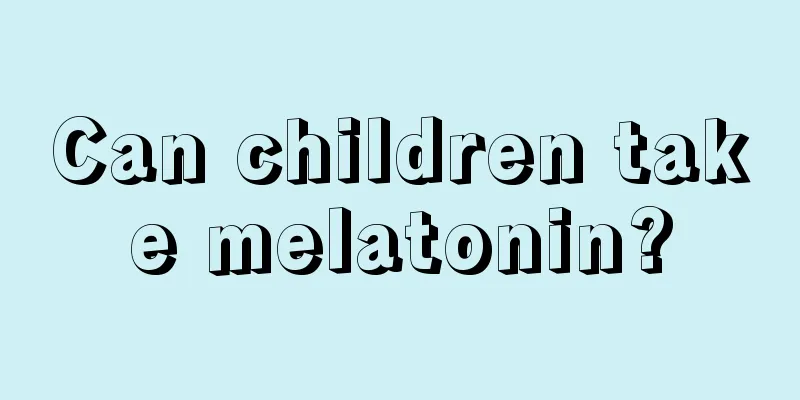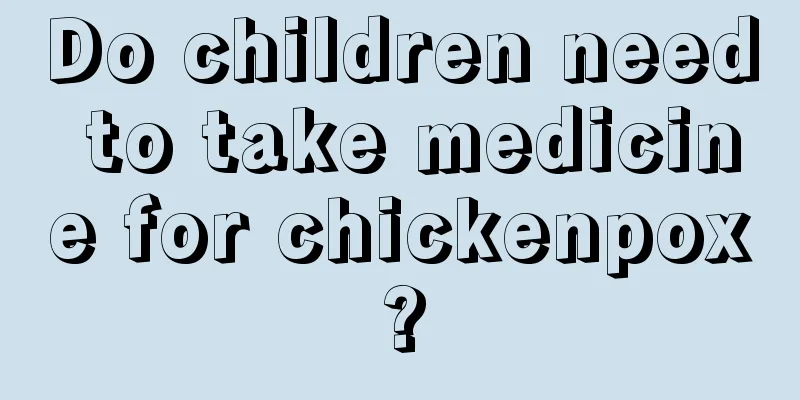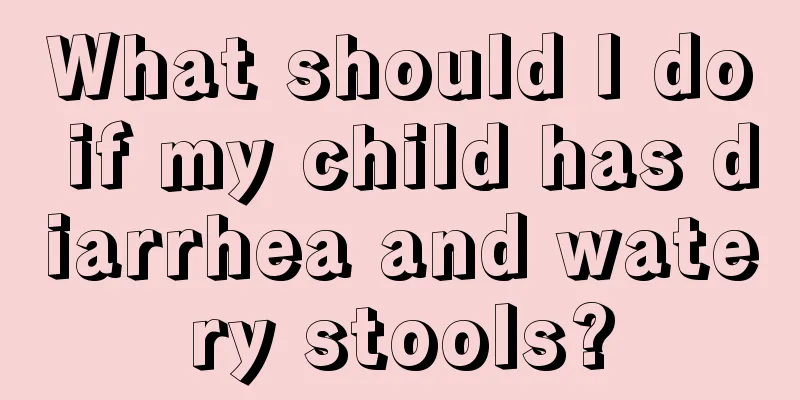What are the dangers of a child having a persistent low-grade fever?

|
During the change of seasons or when there is a large temperature difference, adults are more likely to catch a cold, not to mention babies. Because babies have poorer resistance, they may catch a cold if they are not careful. When a baby catches a cold, in addition to coughing, he may also have a fever. Moreover, some babies’ temperature does not go down after they have a fever. So what harm does a continuous low-grade fever do to the baby? In this case, the baby may suffer from children's summer fever. This is a common disease in children in summer. It occurs when the temperature is high in summer. Apart from regular fever, there are no other symptoms. The baby is in good spirits, but may sweat less and have a poorer appetite. 1. Symptoms of the baby: thirst, frequent urination, and little sweating Summer fever in children, also known as summer heat syndrome, is a common febrile disease in infants and young children during the hot summer season. It is more common in babies between six months and three years old. It is mainly because the central nervous system of young children is not yet fully developed, the regulatory center is dysfunctional, and they cannot maintain the normal dynamic balance of heat production and heat dissipation. 2. Summer heat is characterized by "three mores and one less" Frequent fever, thirst, less urine and less sweat. The hotter the weather, the higher the baby's body temperature. The temperature will also change with the temperature during the day, usually lower in the morning and higher in the afternoon. Routine blood, urine and stool tests and other examinations show no pathological changes. The fever in summer is protracted, lasting 1 to 3 months, with body temperature mostly below 38°C, and high fever above 38.5°C is rare. After the autumn cools down, the above symptoms can be cured without medicine. Summer fever has not yet been found to be contagious or immune. After a baby suffers from this disease, it may relapse in the next year. Some babies may last for 2 to 4 years, but the symptoms are usually milder than the previous year and the course of the disease is also shorter. 3. Controlling the room temperature is the best way Once it is determined that the baby has summer fever, the simplest and most effective way to deal with it is to control the room temperature. It would be even better if the temperature can be kept constant. It is generally recommended to adjust the room temperature to around 24℃. A few sick babies need to be placed in an air-conditioned room at 20℃ so that their body temperature will slowly drop. Make sure the room is well ventilated and cool, dress your baby in soft and loose clothes, and keep the skin clean and hygienic. Parents can also use warm water baths to physically cool down the baby. Warm water baths can dilate the capillaries on the baby's skin surface, speed up blood flow, and accelerate heat dissipation. The water temperature should be controlled at 34~36℃, wash for 20 minutes each time, 2~3 times a day. 4. Baby food therapy recipe Lotus seed soup: clears the heart and benefits the spleen, nourishes the heart and calms the mind. It is suitable for children with summer fever, excessive sweating, and even damaged heart qi, palpitations and restlessness. Preparation method: Wash the lotus seeds with warm water, soak them until they are well-swelled, put them in a pot, add water and cook until they are cooked through, then add rock sugar to taste. In summer, it can be eaten as a snack for children. Water chestnut porridge: relieves heat and toxins, eliminates thirst, and promotes bowel movements. It is suitable for symptoms such as restlessness, thirst, and summer fever in children. Preparation method: Wash and cut the wild rice into thin strips, add water and boil to extract the juice, then cook it with the washed glutinous rice as usual. Take one dose daily, several times a day. 5. Tips for Moms There is no specific medicine for summer fever in children, and it is generally not life-threatening, so there is generally no need for medication. Antipyretics are only kept as a backup and used when the body temperature is too high. It should be emphasized that most children with summer fever should not use antibiotics to reduce fever. Antibiotics are ineffective for this disease and may cause dysbacteriosis. In addition, if fever persists in the summer, otitis media, viral infection, gastroenteritis, pharyngitis, tracheitis, meningitis and other diseases should be ruled out first, and the body temperature should be recorded in detail and conform to the above-mentioned patterns before it can be diagnosed as summer fever. |
<<: What causes inguinal hernia in children?
>>: What causes bad breath in children?
Recommend
What are the methods for treating rhinitis in children?
The prevalence of rhinitis is gradually increasin...
Why does my child’s lips become red and chapped?
As autumn approaches, many parents have a worry: ...
What to do if your baby farts a lot and smells bad
Many female friends have no experience in giving ...
Treatment of dry cough in two-month-old baby
It is very common for children to have some physi...
What tests should be done to determine the fetal position?
Although doctors can determine the baby's spe...
How to ensure the height of a one year and four month old baby?
The body's growth is changing all the time, a...
Introduction to children's leg clamp syndrome
The disease of pediatric leg clamp syndrome mainl...
What to do if your child is bitten by an insect
Children's skin is relatively delicate, and t...
What should I do if my two-year-old baby has teething pain?
Two-year-old babies are in the period of growing ...
Can calcium tablets help children grow taller?
Many parents are worried about their children'...
When does the baby's fontanelle close?
The early or late closure of the fontanelle is an...
Can children with body odor undergo surgery? Medical experts will answer your questions
There are now mature scientific treatments for ch...
What to do if your 4-year-old child drools
Children may develop various bad habits. Recently...
What are the symptoms of retinopathy of prematurity?
Pregnant women should not do things that are harm...
What is the cause of the child's swollen eye?
It may be caused by infection, so be sure not to ...









